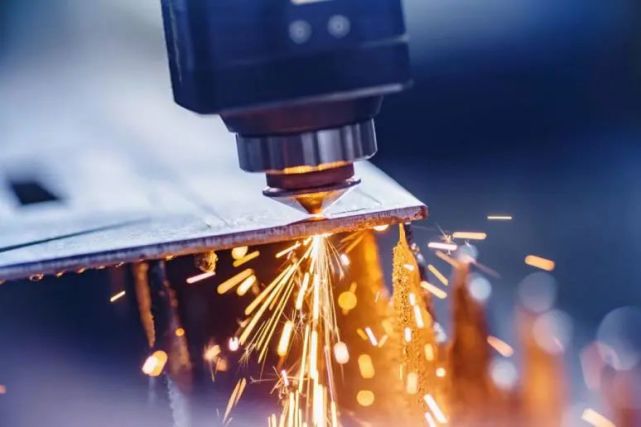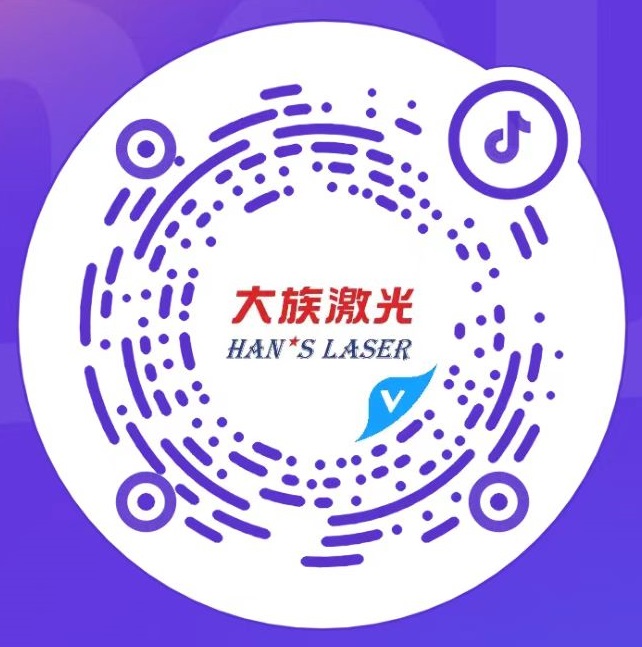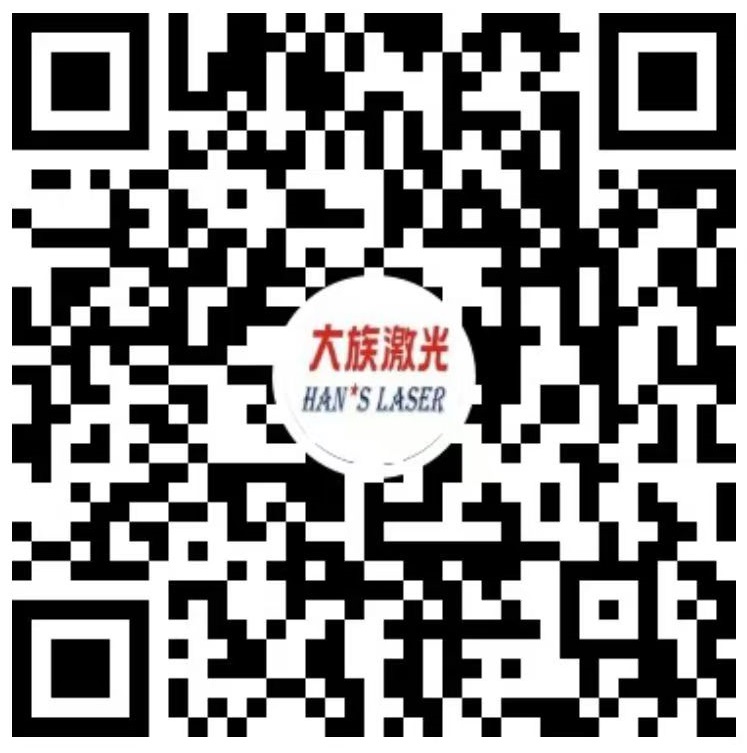Various applications of laser in photovoltaic industry
In the process of development and use of photovoltaic energy, as a high precision and high efficiency tool, laser is playing an increasingly important role. This article is about to explore and discovery the application of laser technology in photovoltaic energy industry and expect the development outlook of the laser technology.
Laser cutting
Laser can be used for crystal silicon cutting. By precisely controlling laser cutting parameters, efficient and low loss silicon wafer cutting can be achieved, it improves the efficiency and yield of photovoltaic modules. Secondly, lasers can also be used in the production process of photovoltaic cells. Through laser etching technology, micro and nanostructure processing of the battery surface can be achieved, improving light absorption efficiency and increasing the output power of photovoltaic cells.

Laser doping
Laser doping is a material processing technology commonly used in semiconductor materials, especially silicon materials, to change their electrical properties. The principle of this technology is to use a high-power laser to irradiate the semiconductor surface and introduce external doped materials (usually boron or phosphorus) into the semiconductor lattice.
Its advantages are:
1. High precision: Laser doping can achieve very high doping accuracy and spatial resolution, enabling precise control of the doping process.
2. Non contact: Non contact processing methods do not cause mechanical damage or impurity contamination, making them particularly suitable for manufacturing high-performance semiconductor devices.
3. Rapid processing: Laser doping is a high-speed process that can do large amounts of materials in a short period of time.
4. Widely applicable: This technology is suitable for different types of semiconductor materials, including silicon, gallium arsenide, indium arsenide, etc.
Laser drilling
The principle of laser drilling is to use the high energy density of the laser beam to heat the local area of the material to a sufficiently high temperature, so as to evaporate, melt or gasify the material, thereby forming holes.
The following are some of the main applications of laser drilling in the photovoltaic industry:
1. Cell processing: Laser drilling is commonly used in the processing of solar cells. These small holes can be used to improve the light absorption efficiency of battery cells, reduce reflection losses, and thereby increase the photoelectric conversion efficiency (Light trapping effect).
2. Battery and component connection: During the assembly process of solar cells, wires need to be connected between the batteries. Laser drilling can be used to create wire connection holes between batteries to ensure smooth current transmission and reduce energy loss.
3. Photovoltaic glass backplate: Because conventional photovoltaic cell modules only use photovoltaic glass for the cover plate, while double glass modules use photovoltaic glass for both the cover plate and backplate, and the backplate photovoltaic glass must be drilled in specific positions to lead the current wires of the photovoltaic cell module to the junction box. Therefore, drilling holes on the photovoltaic glass back panel has become an essential process in deep processing production.
Overall, laser drilling is widely used in the photovoltaic industry, which can improve the efficiency of solar cells, reduce manufacturing costs, and improve product quality. These applications help to promote the development of solar energy technology and the utilization of renewable energy.
The above is only a part of the application of laser technology in the photovoltaic industry, there are still other processes including laser slotting (XBC), laser ablation (PERC), and so on.
Laser cutting
Laser can be used for crystal silicon cutting. By precisely controlling laser cutting parameters, efficient and low loss silicon wafer cutting can be achieved, it improves the efficiency and yield of photovoltaic modules. Secondly, lasers can also be used in the production process of photovoltaic cells. Through laser etching technology, micro and nanostructure processing of the battery surface can be achieved, improving light absorption efficiency and increasing the output power of photovoltaic cells.

Laser doping
Laser doping is a material processing technology commonly used in semiconductor materials, especially silicon materials, to change their electrical properties. The principle of this technology is to use a high-power laser to irradiate the semiconductor surface and introduce external doped materials (usually boron or phosphorus) into the semiconductor lattice.
Its advantages are:
1. High precision: Laser doping can achieve very high doping accuracy and spatial resolution, enabling precise control of the doping process.
2. Non contact: Non contact processing methods do not cause mechanical damage or impurity contamination, making them particularly suitable for manufacturing high-performance semiconductor devices.
3. Rapid processing: Laser doping is a high-speed process that can do large amounts of materials in a short period of time.
4. Widely applicable: This technology is suitable for different types of semiconductor materials, including silicon, gallium arsenide, indium arsenide, etc.
Laser drilling
The principle of laser drilling is to use the high energy density of the laser beam to heat the local area of the material to a sufficiently high temperature, so as to evaporate, melt or gasify the material, thereby forming holes.
The following are some of the main applications of laser drilling in the photovoltaic industry:
1. Cell processing: Laser drilling is commonly used in the processing of solar cells. These small holes can be used to improve the light absorption efficiency of battery cells, reduce reflection losses, and thereby increase the photoelectric conversion efficiency (Light trapping effect).
2. Battery and component connection: During the assembly process of solar cells, wires need to be connected between the batteries. Laser drilling can be used to create wire connection holes between batteries to ensure smooth current transmission and reduce energy loss.
3. Photovoltaic glass backplate: Because conventional photovoltaic cell modules only use photovoltaic glass for the cover plate, while double glass modules use photovoltaic glass for both the cover plate and backplate, and the backplate photovoltaic glass must be drilled in specific positions to lead the current wires of the photovoltaic cell module to the junction box. Therefore, drilling holes on the photovoltaic glass back panel has become an essential process in deep processing production.
Overall, laser drilling is widely used in the photovoltaic industry, which can improve the efficiency of solar cells, reduce manufacturing costs, and improve product quality. These applications help to promote the development of solar energy technology and the utilization of renewable energy.
The above is only a part of the application of laser technology in the photovoltaic industry, there are still other processes including laser slotting (XBC), laser ablation (PERC), and so on.








